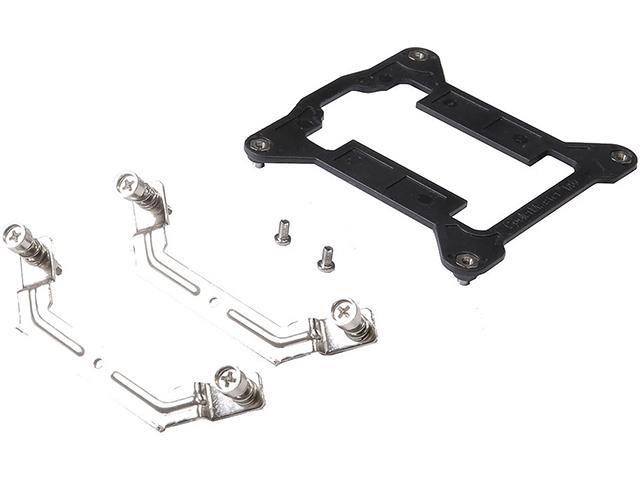The dramatic evolution of catalytic converters in the last thirty years was a result of a need worldwide to reduce pollution created by the exhaust gases of internal combustion engines. Environmental concerns have led American, Japanese and European Union (EU) legislation to pose continuously stricter emission limits for petrol engines in the last decades. The catalytic converter has become the most important means of exhaust treatment to achieve the desired emission limits. The international legislation has also created a need for a regular assessment of the efficiency of the catalytic converter in order to detect a deterioration of its conversion efficiency as soon as this deterioration takes place. The assessment of conversion efficiency of a catalytic converter can take place during normal driving of a vehicle (on-board diagnosis or OBD) or in a workshop by specialized technicians. The most important methods nowadays are the OBD methods. The evolution of methods concerned with OBD and non-OBD monitoring and diagnosing of efficiency of catalytic converters of internal combustion engines is described based on patents and published patent applications. Non-patent references are also used. The basic principles of modern catalytic converters are described in an extensive Introduction, where the importance of monitoring and diagnosing the efficiency of catalytic converters is demonstrated. The book is divided into four parts. The first part describes methods involving the use of oxygen or air/fuel exhaust gas sensors to determine the oxygen storage capacity of a catalytic converter. The second part describes methods involving the use of temperature sensors to determine the exothermic reaction capacity of a catalytic converter. The third part describes all other methods existing in patent literature that monitor and diagnose the efficiency of catalytic converters. The great majority of the methods of the third part involves exhaust gas concentration measurements. The f















